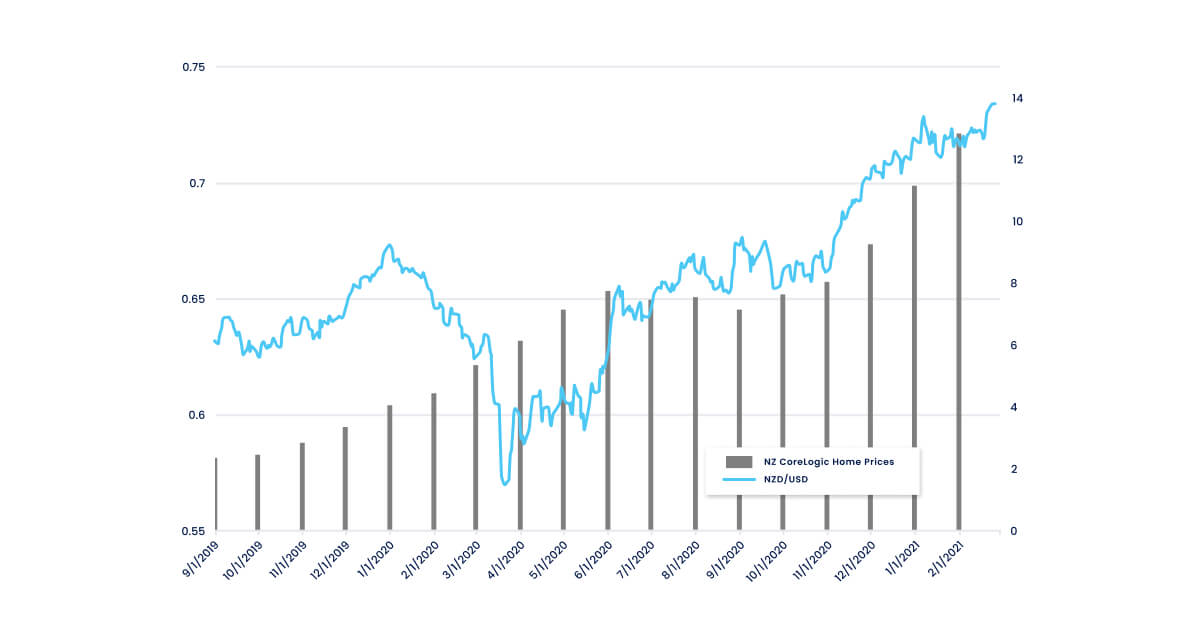US presidential elections historically impact global markets, driving volatility and influencing returns. In this blog, we understand how the US elections highlight increased fluctuations before elections and improved post-election returns. Additionally, historically, the first year of a presidency often yields stronger market performance due to the anticipation of new economic policies.
Historical impact of elections on markets
A study by the US Bank investment strategists examining elections from the past 75 years shows that election outcomes generally don’t have a long-term significant impact on market performance.
Macroeconomic trends, particularly inflation and economic growth, are more important drivers. Rising growth and lower inflation tend to result in above-average market returns, while lower growth and rising inflation correlate with more moderate returns. This suggests that investors should focus more on economic indicators than the election outcome when making portfolio decisions.
The link between the US elections and the financial market
US elections often attract significant attention in financial markets as investors try to predict the impact of potential policy changes. While elections may trigger short-term reactions, historical data shows that fundamental economic factors primarily drive markets.
Investors tend to overemphasize the role of elections, attempting to link market movements to candidates’ platforms, when, in reality, market performance is influenced by multiple variables like inflation, global economic conditions, and interest rates. Let’s discuss this in-depth –


